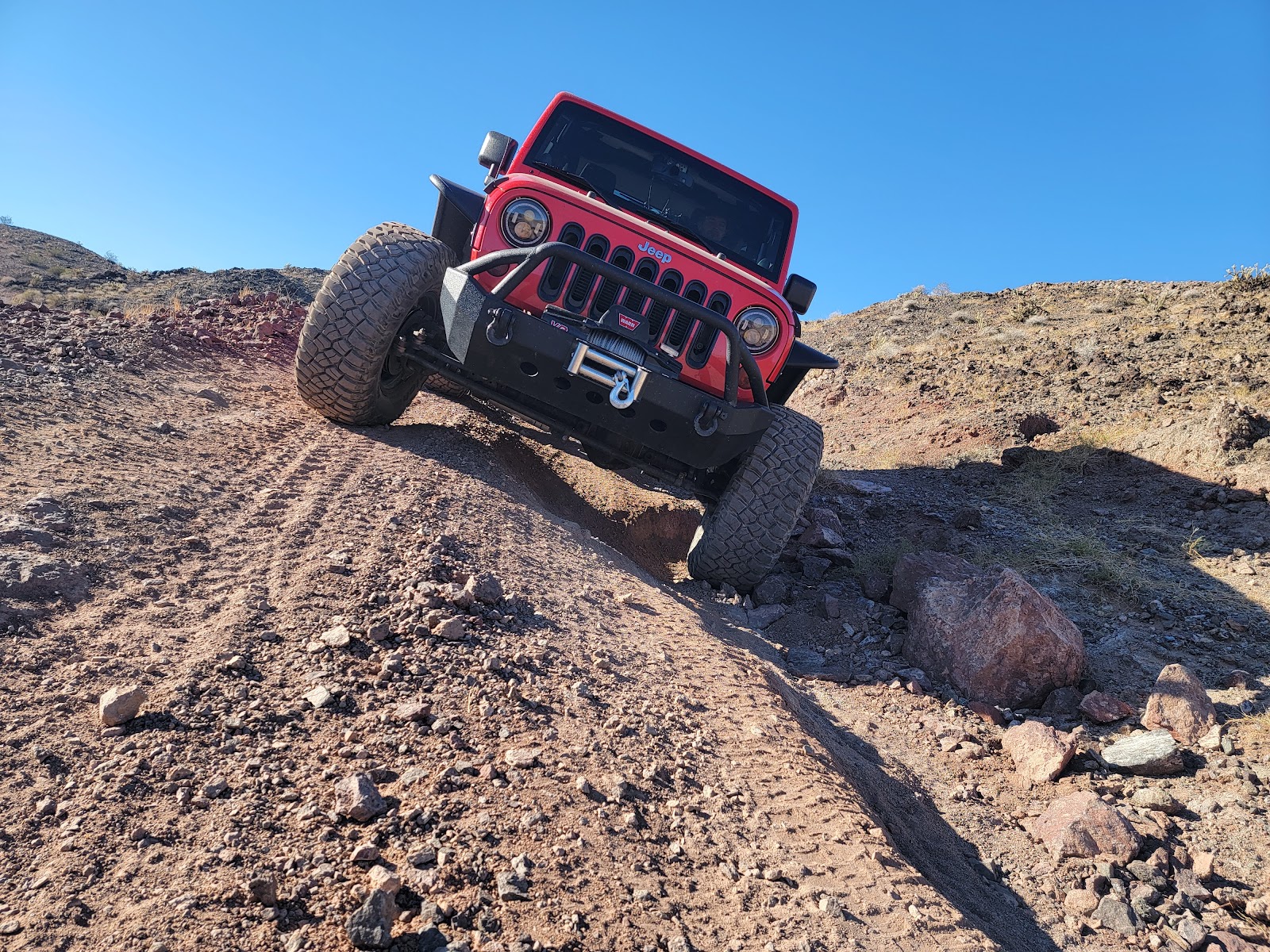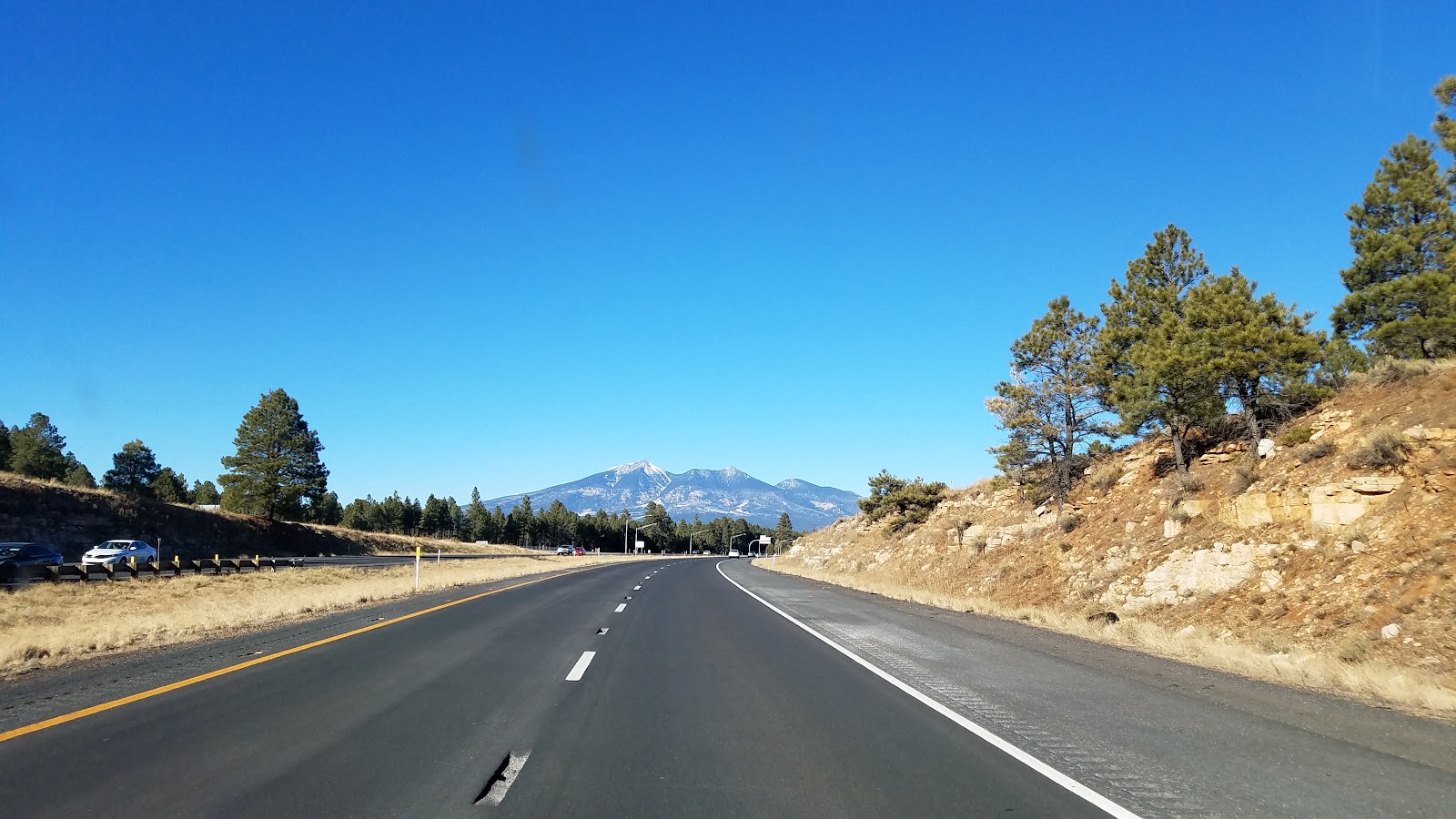I've lived in Arizona for about 15 years now, and everywhere I look, there are amazing and interesting rocks. Many parts of the USA aren't so lucky; their rocks are all covered in dirt and trees. Here's a really brief introduction for anyone who's new to Arizona or Arizona visitors looking to learn a little about the rocks they see everyday.
Discovering Arizona's Awesome Geology: A Land of Change and History
Arizona is like a geologist's dreamland, where the rocks, mountains, and canyons have stories written all over them. From the massive Grand Canyon to the volcanic areas around Flagstaff and the copper-filled hills of Bisbee, the geology here tells tales of ancient oceans, volcanic eruptions, and moving continents. Let’s dive into what’s shaped this incredible state!
The Basics: Old Rocks from a Long Time Ago
The oldest rocks you can find in Arizona go way back—over 1.7 billion years to the Precambrian era! These rocks are mainly seen in parts of the Grand Canyon and central Arizona, and they formed when this place was just a big, shallow sea. Over the years, heat and pressure turned them into metamorphic and igneous rocks, giving us the beginnings of Arizona’s geologic story.
For millions of years, Arizona was sometimes under shallow seas, which led to layers of limestone, sandstone, and shale being deposited. The beautiful red and orange colors of Sedona’s cliffs and the layers of rock in the Grand Canyon are leftovers from these old marine environments. You can even find fossils of trilobites, brachiopods, and early fish that hint at what life was like long before dinosaurs roamed around.
How the Grand Canyon Came to Be
The Grand Canyon is one of Arizona’s coolest and most famous geological features, showing off the strength of erosion. Over time, the Colorado River has carved through the rock layers, exposing Earth’s history. The canyon’s colorful walls show off a variety of sedimentary rock layers, each one telling a different part of the geologic timeline.
Volcanoes and Mountain Making
Arizona’s landscape didn’t just form in one way; volcanic eruptions and tectonic movements played big roles too. The San Francisco Volcanic Field near Flagstaff has tons of old volcanoes, like Sunset Crater, which last erupted around 1085 AD. The state’s mountain ranges, such as the Mogollon Rim and the Chiricahua Mountains, were shaped by uplift and faulting over millions of years.
Copper, Gold, and Arizona’s Mining History
Arizona is famously known as the "Copper State" because of its rich copper ore deposits. These minerals formed through volcanic activity and hydrothermal processes. Mining towns like Bisbee, Jerome, and Superior each have their stories to tell about the ups and downs of the mining industry in Arizona, and copper continues to be a major player in the state’s economy today.
 |
| Rocks Near an Open Pit Mine |
 |
| Looking for cool rocks from Arizona? Visit my Etsy shop for local rocks, and rocks form other great locations. |
Desert Landscapes and Erosion’s Impact
Much of Arizona is made up of arid desert scenery, shaped by the constant action of wind and water erosion. The colorful layers of the Painted Desert and the stunning buttes of Monument Valley show off the results of millions of years of weathering and sediment buildup. The Petrified Forest, filled with fossilized trees, is another amazing aspect of Arizona’s geological history.
Wrapping It Up
Arizona's geology tells the story of the Earth’s ever-changing nature. From ancient oceans to volcanoes and from towering cliffs to sprawling deserts, the landscape here is like a living book of history. Whether you’re hiking the Grand Canyon, checking out a lava tube, or standing on the edge of a meteor crater, Arizona gives you a glimpse into the deep past and the exciting forces that keep shaping our planet.
So, the next time you visit Arizona, or if you're already here, take a second to check out the rocks under your feet—they’ve got a pretty cool story to share!













No comments:
Post a Comment